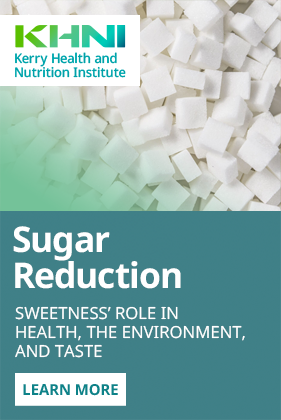A new study identifies gaps in the diets of infants and toddlers, which gives insight on what nutrients can be added to food and beverages to improve the health of these age groups.

Infants and toddlers are rapidly growing and developing, and have unique nutrition needs as a result. Despite many products existing that target the health of infants and toddlers, there have been gaps in understanding which nutrients this age group needs more of in their diet. A study in the Journal of Nutrition helps improve understanding of nutrient intakes for children under 48 months old. Overall, the diets of infants and children are mostly adequate, but there are a few nutrients which could be increased in their diets.
Infants (0-12 months old)
Nutrient intakes of infants look excellent until table foods start to predominate the diet (around 12 months). As infants get closer to 1 year old, similarities to diets of adults begin to appear. Infants begin getting too much of sodium and not enough fiber, vitamin D, vitamin E. Almost 1 in 5 older infants (6-12 months) do not get enough iron. Many infants exceeded daily requirements for zinc and vitamin A. The authors mention part of this can be due to supplement use, but also that the dietary recommendations for vitamin A and Zinc may need to be revisited.
Toddlers (1-2 years old)
Toddlers do well when it comes to getting enough vitamin A, B vitamins, vitamin C, magnesium, and phosphorous. For children over 1 year of age, it appears to be difficult to meet vitamin D requirements without the use of a supplement. About half of toddlers were below the recommended daily vitamin E intake, and many exceeded sodium recommendations. For the most part, the trends seen in later infancy continue on into 1-2 years of age.
Preschoolers (2-4 years old)
Preschoolers typically get enough vitamin A, calcium, and iron despite these being nutrients of concern in later life stages like adolescence. Potassium, fiber, and vitamin D are still a challenge for children to consume enough of, which makes sense given these are nutrients US adults lack in their diets.
By targeting the specific nutrients this age group needs in diet recommendations and product formulation, we can help overcome dietary challenges that start at the beginning of life, but often continue into adulthood.
The study article includes full tables on nutrient intakes for younger infants, older infants, and toddlers.



